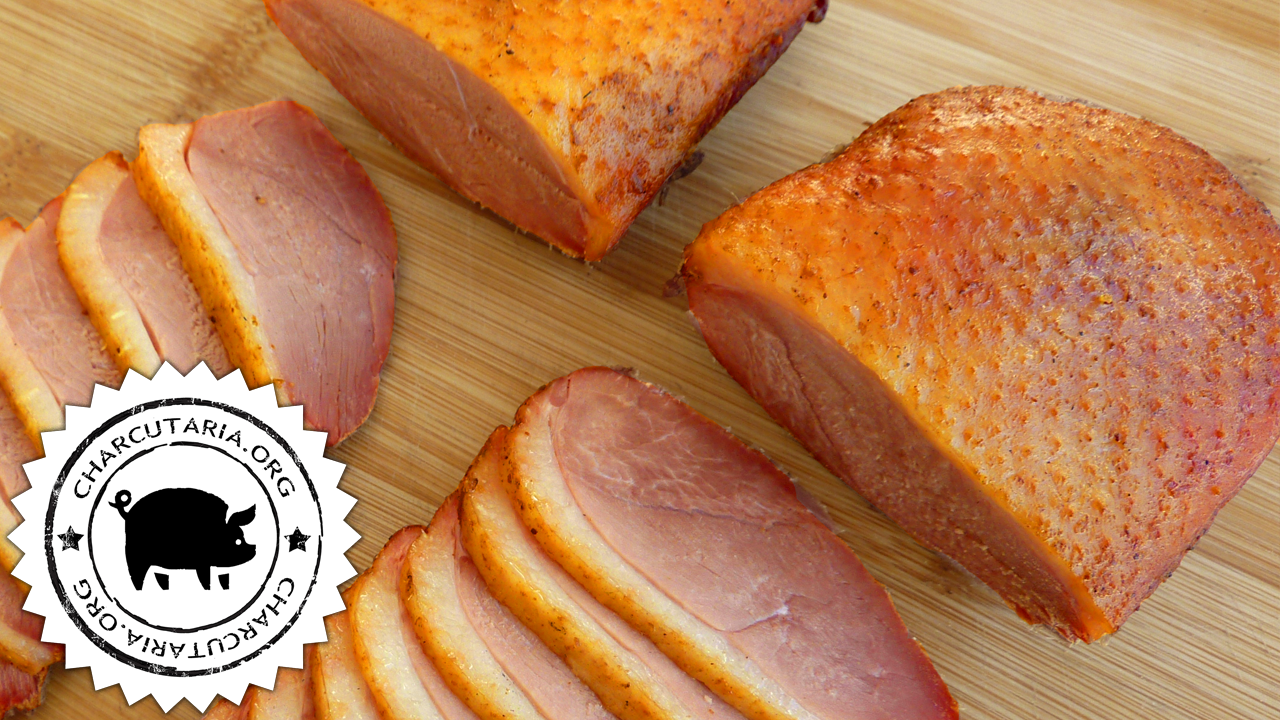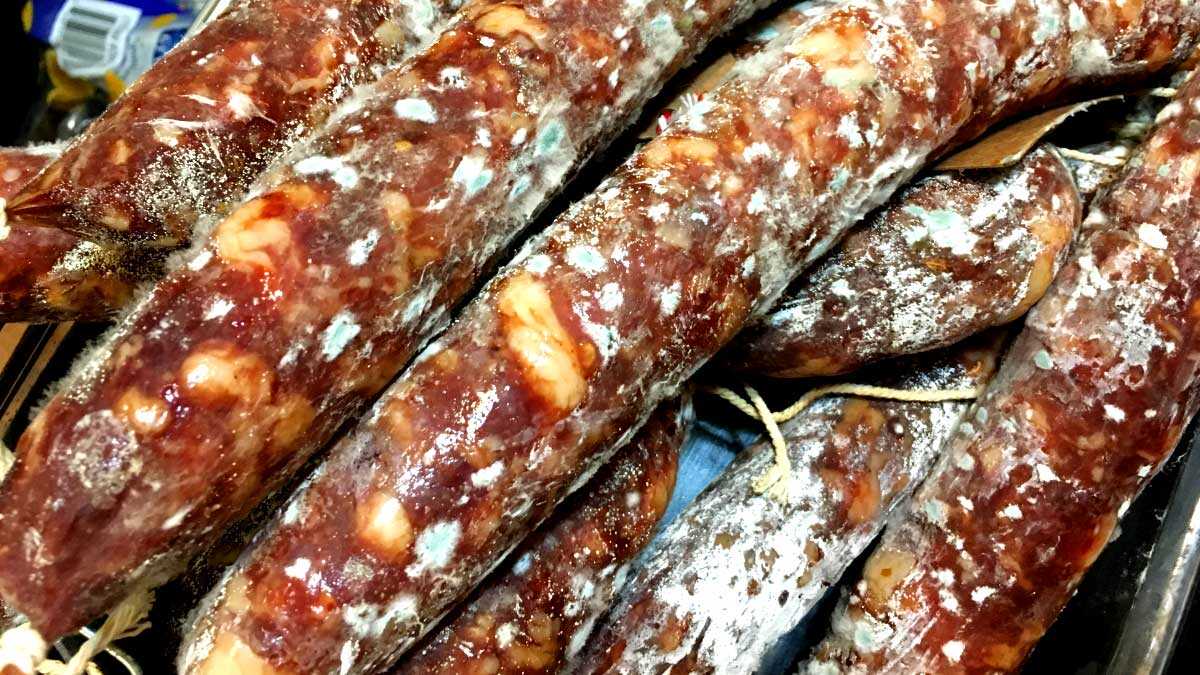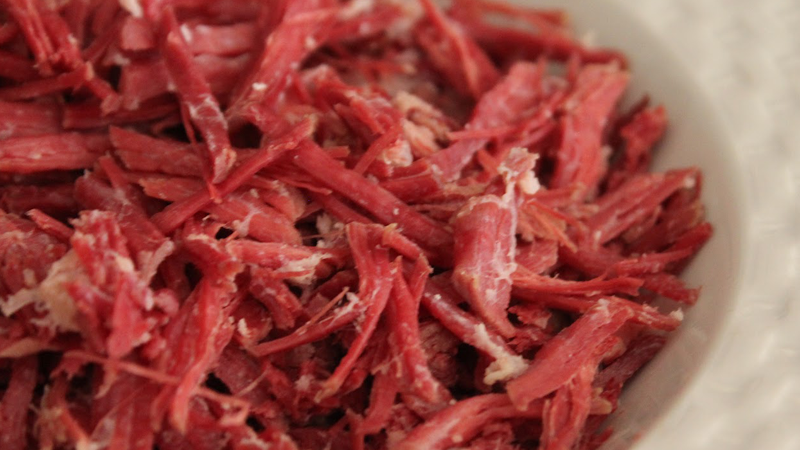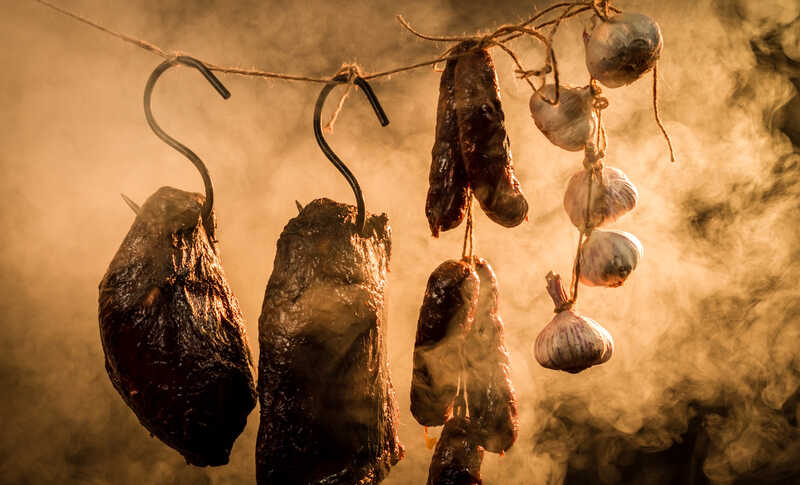
The cattle herd in Brazil It is immense, being among the largest in the world. According to IBGE, in 2019 there were 214.9 million head of cattle, which represents around a fifth of all livestock in the world. Mato Grosso is one of the main hubs for beef farming, which is perhaps why Cuiabana sausage has its original recipe from this region. But it was in the interior of São Paulo that the recipe gained fame and spread throughout the country. The cuiabana sausage is made with beef, coalho cheese, milk, salt, black pepper and goat/odor pepper or lady's finger pepper. There are several variations of cuiabana sausage, but the most characteristic ingredients are cheese, milk and pepper.
Continue reading Receita de Linguiça cuiabana









